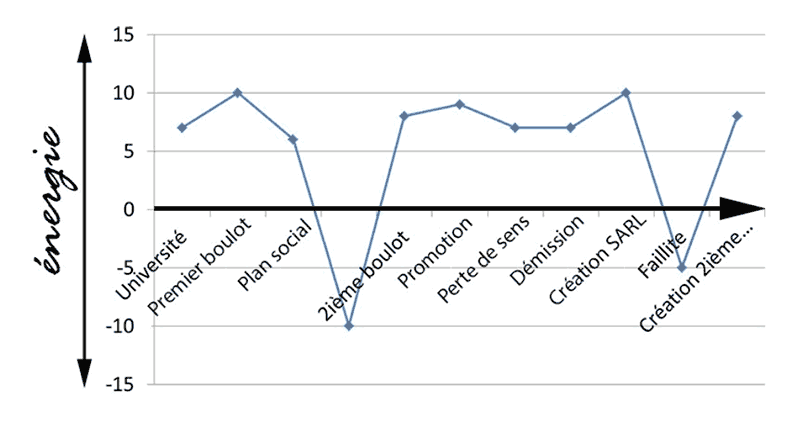A box that can analyze and diagnose head trauma in 15 minutes from a blood test has been developed by an American research team.

- An American research team has developed with a pharmaceutical group a rapid test prototype that can assess in 15 minutes the presence or absence of head trauma and its severity.
- In their study, they find that the GFAP biomarker is more significant than the S100B used in Europe.
- However, the device still needs to be improved and tested before possible commercialization.
Allowing the rapid diagnosis of a head trauma, this is the result that American researchers claim to have achieved in an article published on September 14 in “Journal of neurotrauma”. Based on previous studies, scientists know that proteins Glial fibrillary acid (GFAP) and calcium-binding B 100 (S100B) are biomarkers of glial injury – cells that orbit neurons. They are released into the bloodstream during injury including head trauma. However, the Food and drug administration (FDA) – the authority that issues the license to market a food or medical product in the USA – refuses blood diagnoses of head trauma via the GFAP because of the delays in laboratory analysis “which can take up to 6 hours to return a result“. Not very useful in an emergency. As for the S100B biomarker, used in Europe, the FDA does not authorize its use.
To overcome this technological hurdle, these researchers worked with a large pharmaceutical company to develop a prototype that could detect the level of GFAP and S100B in the blood in less than 15 minutes within 24 hours after the traumatic brain injury. According to their study, it is possible to obtain good analytical results quickly and reliably, and according to them the GFAP biomarker is more significant than the S100B used in Europe.
Promising results
To achieve these results, between February 2014 and July 2018, they collected 1,497 blood samples from Americans who went to one of the 18 level 1 trauma centers of the national TRACK-TBI research program. 122 people prone to orthopedic trauma formed the control group and the other 1,359 people had head trauma, the scientists analyzed the presence of the GFAP biomarkers on the rapid test prototype and in the laboratory and compared them with the results of the S100B biomarker as well as the patient’s cranial scanner. There, they noticed that the GFAP biomarker is much more significant than the S100B. A big step forward for this rapid test prototype. “Ihe plasma GFAP measurement on a prototype test platform was an excellent predictor of traumatic intracranial abnormalities on head CT when measured within 24 h of traumarejoices David Okonkwo, lead author of the study and director of Neurotrauma Clinical Trials Center (Pittsburgh, United States). The test produced diagnostic performance comparable to blood tests commonly used in clinical practice for other disorders.“
No measure possible in case of polytrauma
An encouraging result but which will not lead immediately to the marketing of this device. In their studies, the authors note that they measured essentially only mild head injuries and few children. For more precision, they also want to refine the development of GFAP biomarkers hour after hour. Above all, they do not know how to measure head trauma in the event of polytrauma, which sometimes happens in road accidents.
They also believe that other biomarkers specific to the gray matter also damaged in certain head trauma should be investigated. In addition, they hope to soon duplicate this study but with non-frozen blood in order to verify these results. If they manage to finalize and bring this prototype to market, they estimate the device could potentially reduce unnecessary scans by 20% or more, saving nearly $100 million in medical costs annually.
.

















